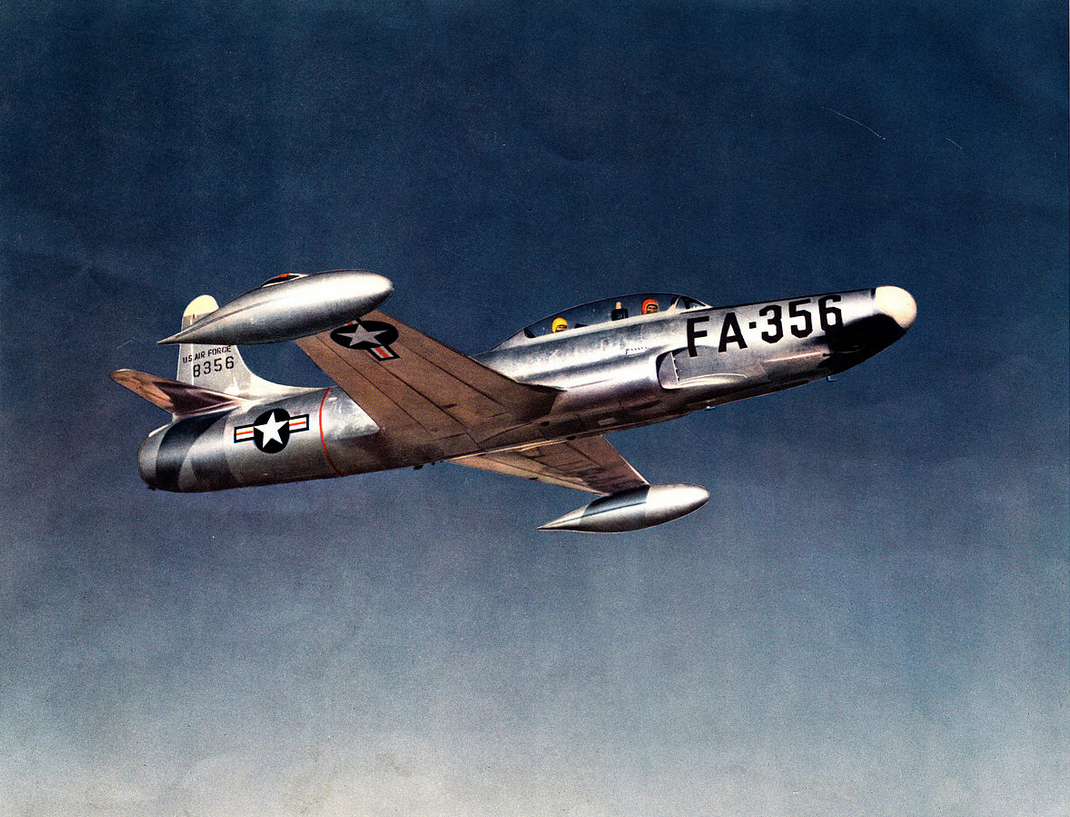

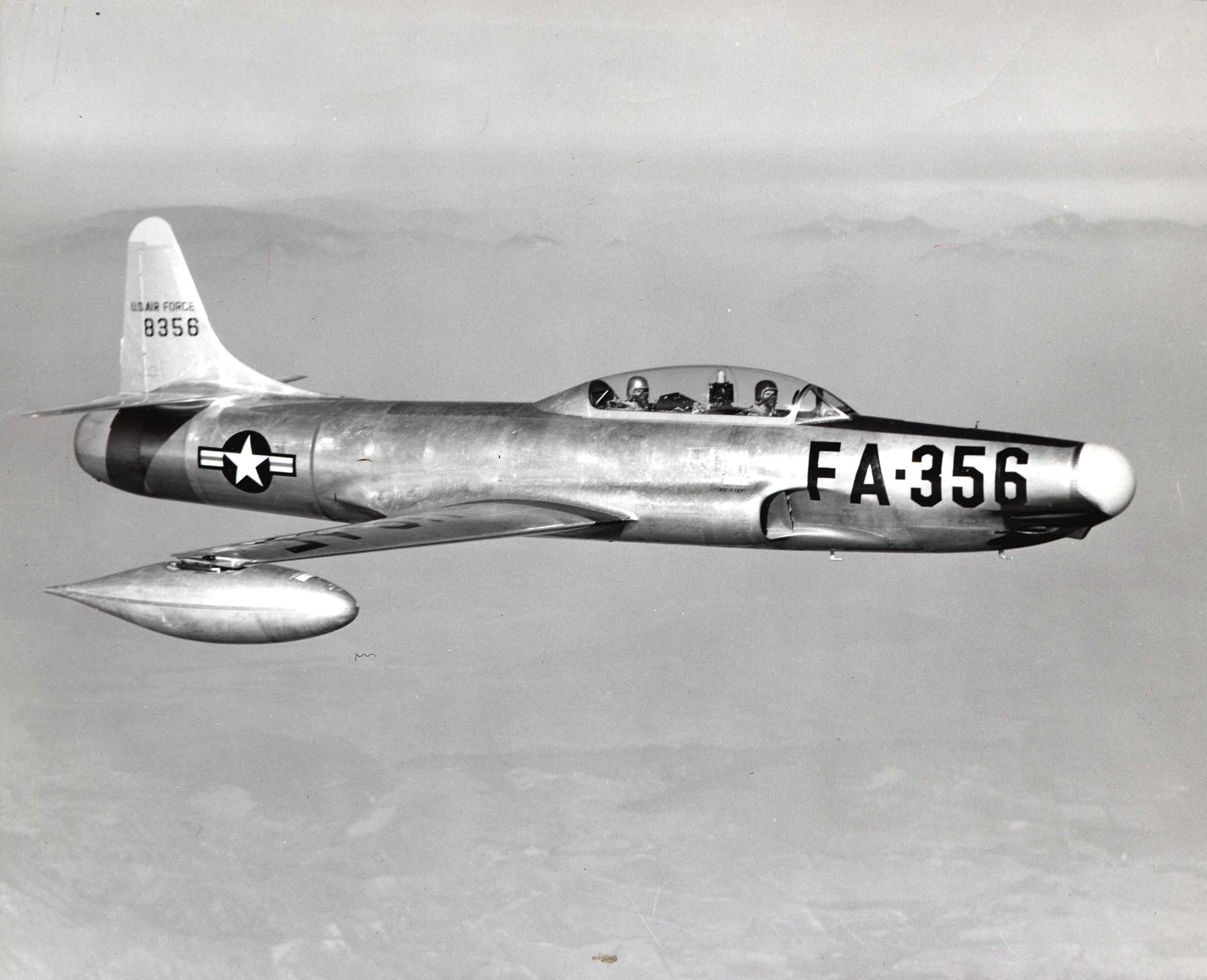
Two prototypes were built at Lockheed Plant B-9, located on the east side of Van Nuys Airport. Two TF-80C-1-LO (later redesignated T-33A) Shooting Star two-place trainers, 48-356 and 48-373, were modified with the installation of air intercept radar, an electronic fire control system, radar gun sight, four Browning AN-M3 .50-caliber (12.7 × 99 NATO) aircraft machine guns and a more powerful Allison J33-A-33 turbojet engine with water-alcohol injection and afterburner. The rear cockpit was equipped as a radar intercept officer’s station.
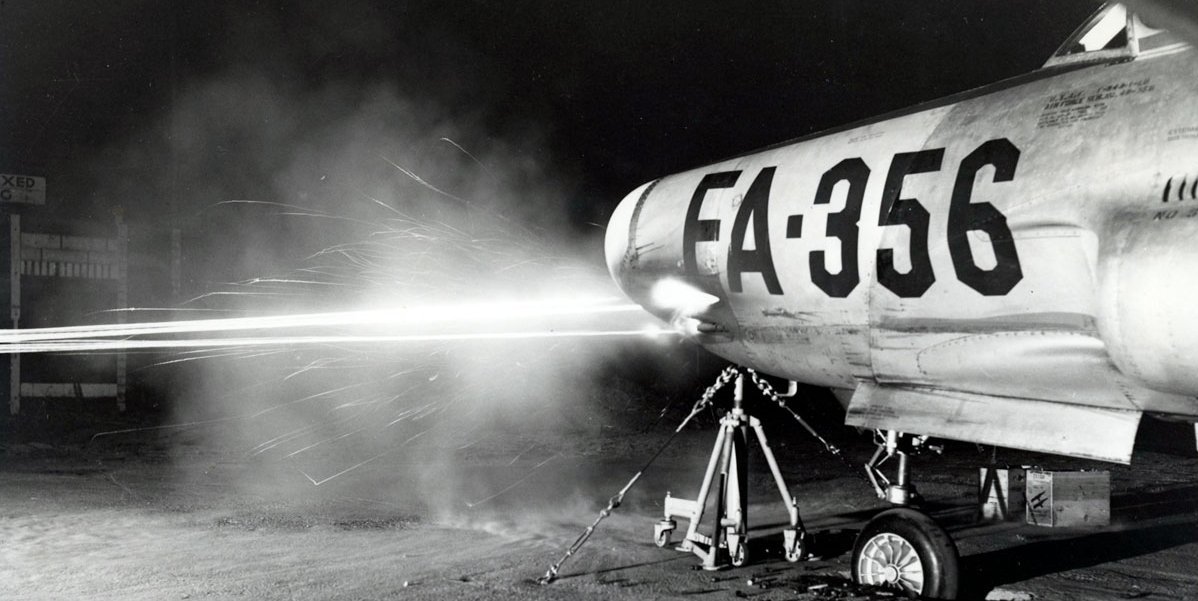
It was initially thought that the project would be a very simple, straightforward modification. However, the increased weight of guns and electronics required the installation of a more powerful engine than used in the T-33A. The new engine required that the aft fuselage be lengthened and deepened. Still, early models used approximately 80% of the parts for the F-80C fighter and T-33A trainer. The Air Force ordered the aircraft as the F-94A. Improvements resulted in an F-94B version, but the definitive model was the all-rocket-armed F-94C Starfire.
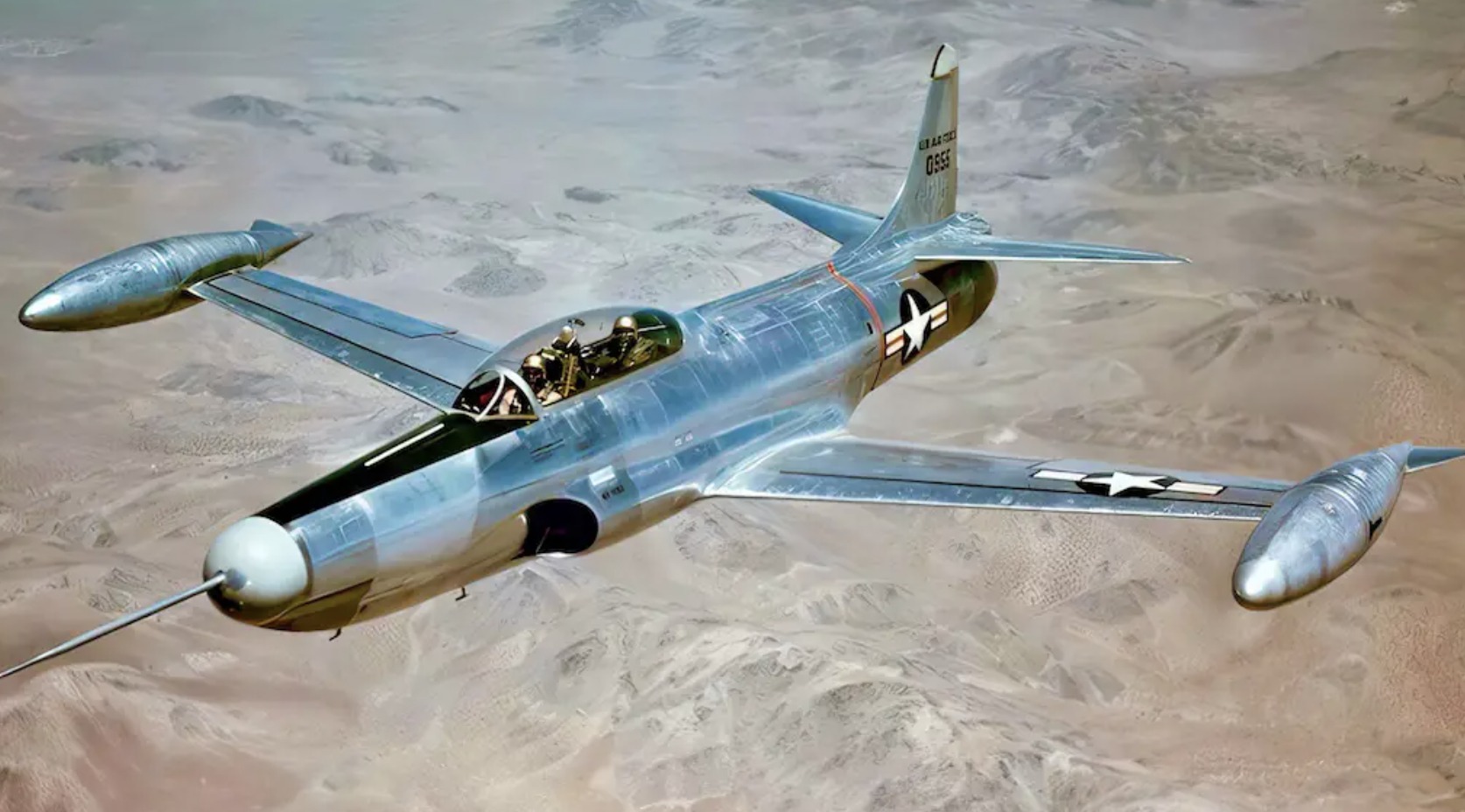

Originally a P-80C Shooting Star single-place fighter, 48-356 had been modified at Lockheed Plant B-9 in Van Nuys to become the prototype TF-80C two-place jet trainer (the designation was soon changed to T-33A), which first flew 22 March 1948. It was then modified as the prototype YF-94. 48-356 was later modified as the prototype F-94B. It is in the collection of the Air Force Flight Test Museum, Edwards Air Force Base, and is in storage awaiting restoration.
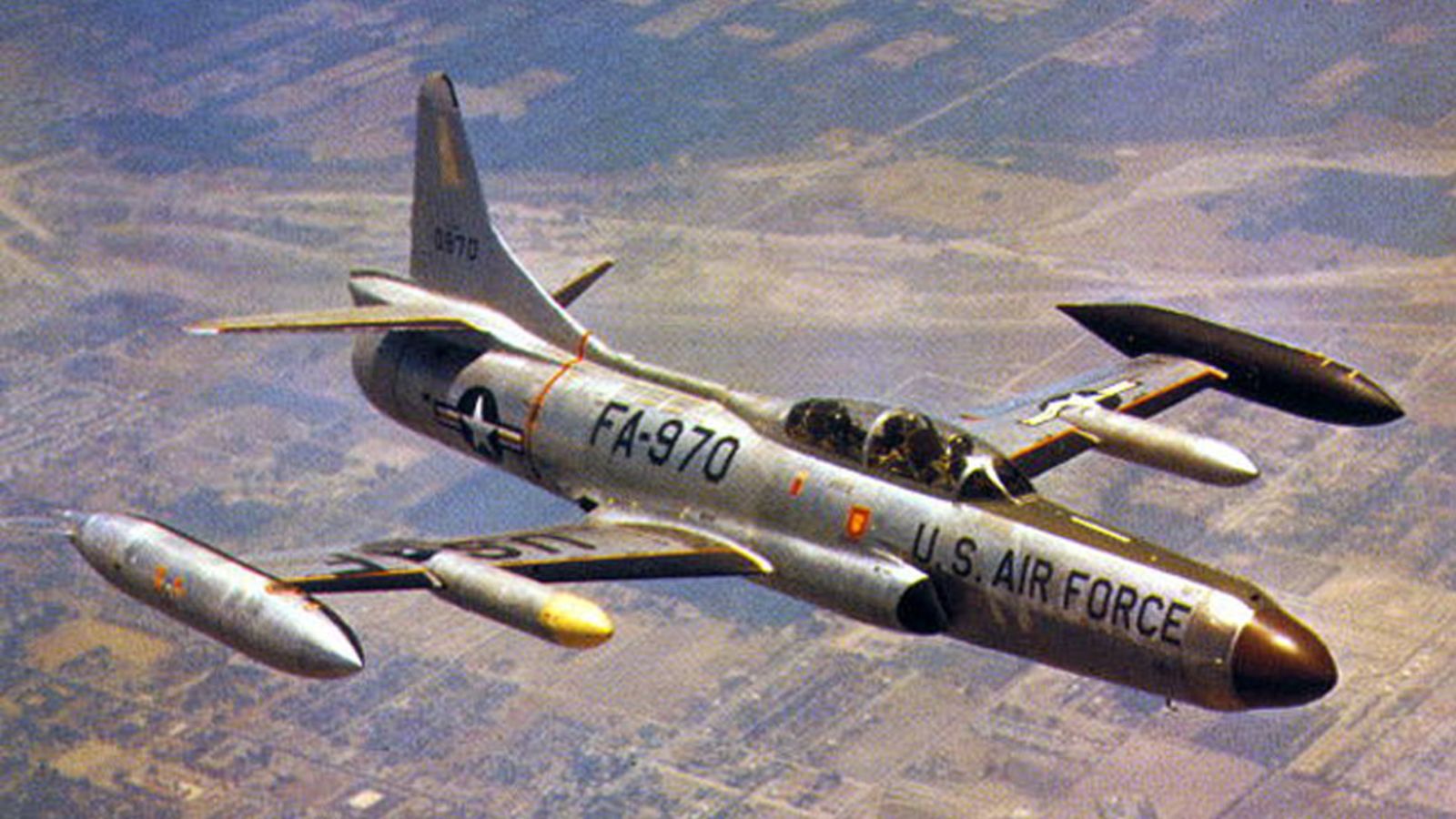
© 2019, Bryan R. Swopes